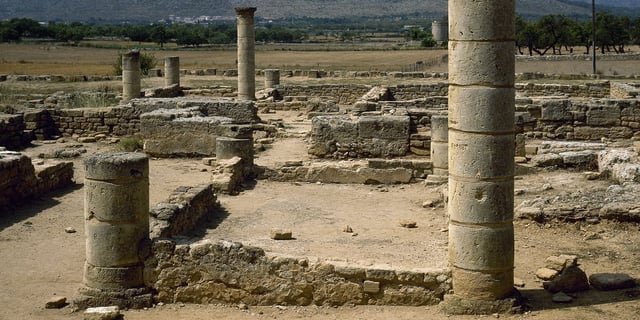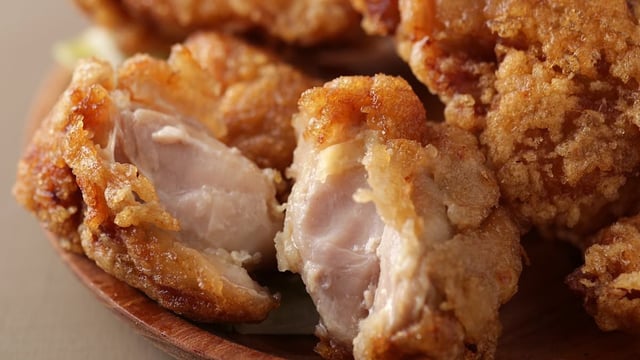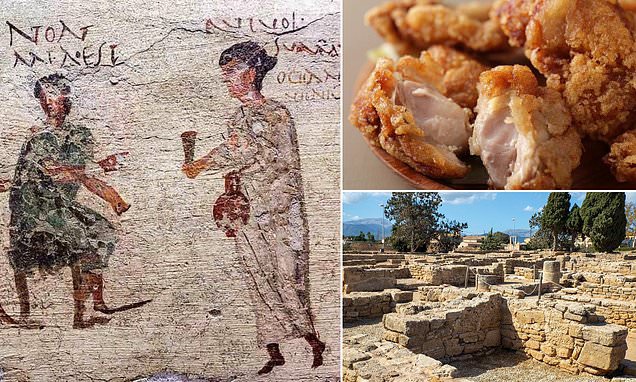Overview
- Archaeologists excavated a 13-foot-deep cesspit outside a Roman popina at Pollentia that contained 165 thrush bones among animal refuse dating from 10 BCE to 30 CE.
- The bone assemblage—mainly skulls, wings, breastbones, and legs—suggests thrushes were cleaned and fried on-site rather than reserved for elite feasts.
- The findings overturn classical writings by showing songbirds were an affordable staple for ordinary urban diners instead of an exclusive luxury.
- Thrush migration to Mallorca during winter months implies seasonal fluctuations in the availability of this bird-based street food.
- Alongside thrush remains, the pit held bones from pigs, rabbits, sheep/goats, cattle, fish, and marine shells, underscoring a varied fast-food economy.


